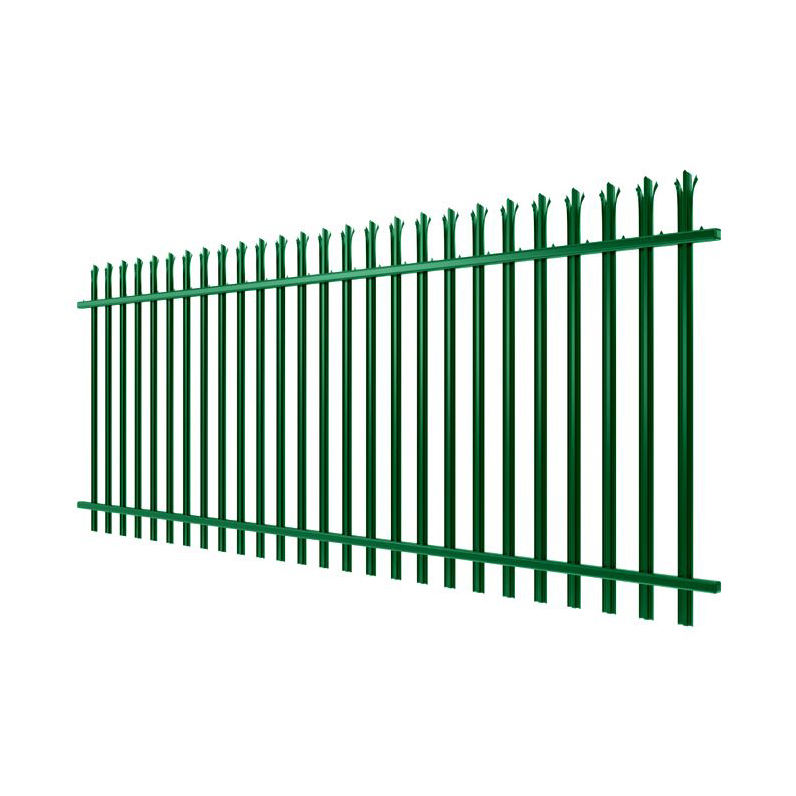The Importance of Noise Fences in Urban Environments
In today's fast-paced urban landscapes, noise pollution has emerged as a significant concern. With the constant hum of traffic, construction, and industrial activities, it is essential to explore effective solutions that can mitigate these disturbances. One of the most practical and effective solutions is the implementation of noise fences, which serve not only as sound barriers but also as a means to enhance the quality of life in residential and commercial areas.
Understanding Noise Fences
Noise fences, often made of materials like wood, vinyl, concrete, or specialized sound-absorbing composites, are structures designed to block sound waves from traveling from their source to nearby sensitive areas, such as homes, schools, and hospitals. The height, length, and design of these fences play crucial roles in their effectiveness. Typically, the taller and longer the fence, the better it is at reducing noise. By reflecting and absorbing sound, noise fences can create a quieter environment, fostering peace and tranquility in otherwise bustling settings.
Benefits of Noise Fences
1. Reduction of Noise Pollution The primary benefit of noise fences is their ability to substantially reduce noise pollution. Studies have shown that properly designed and installed noise barriers can decrease noise levels by significant decibels, creating a more hospitable environment for residents and fostering a more conducive atmosphere for work and recreation.
2. Enhancement of Property Values Properties located in noisy areas often suffer from decreased market value. Noise fences can help mitigate this issue by improving the sound environment, thereby enhancing the property's appeal. Many prospective buyers consider noise levels in their decision-making process, and the presence of an effective noise barrier can make a significant difference.
noise fence

3. Privacy and Aesthetics Beyond noise reduction, these fences offer added privacy for homeowners and businesses. In urban areas, where properties are often closely situated, a noise fence can create a more secluded atmosphere. Additionally, modern noise fences come in various designs and finishes, allowing property owners to choose options that complement their landscape, thereby providing both functional and aesthetic benefits.
4. Environmental Considerations Noise fences can also be integrated with green solutions. For instance, vegetation can be incorporated into the design, creating a “green noise fence” that not only absorbs sound but also enhances biodiversity and promotes environmental sustainability. Plants can act as natural sound barriers and contribute to improved air quality, making them a dual-purpose solution.
Implementation Challenges
While noise fences offer numerous advantages, there are challenges associated with their implementation. Local regulations and zoning laws may restrict the height and design of fences, requiring careful planning and consultation with relevant authorities. Furthermore, the type of noise to be mitigated—whether from highways, railways, or construction sites—will dictate the materials and construction techniques used.
Conclusion
In conclusion, noise fences play a pivotal role in enhancing urban living. As cities continue to grow and develop, addressing noise pollution will become increasingly important. The effective use of noise fences can create healthier, more appealing environments, benefiting residents and businesses alike. As we move toward more sustainable urban practices, incorporating noise mitigation strategies like noise fences will be essential in shaping the cities of the future—ensuring they are not only bustling hubs of activity but also places where individuals can find peace and quiet amid the chaos.
-
The Strength and Versatility of Aluminum Expanded Metal Mesh
NewsJun.10,2025
-
Safety Guards and Machine Enclosures Using Expanded Mesh
NewsJun.10,2025
-
Performance with Round Hole Perforated Mesh in Wall Panels
NewsJun.10,2025
-
How Steel Grating Trench Covers Distribute Weight Efficiently
NewsJun.10,2025
-
How Deck Mesh Railing Enhances Backyard Aesthetics
NewsJun.10,2025
-
Comparing Bar Thickness and Spacing in Steel Grating
NewsJun.10,2025
Subscribe now!
Stay up to date with the latest on Fry Steeland industry news.

